
PUMPA - SMART LEARNING
எங்கள் ஆசிரியர்களுடன் 1-ஆன்-1 ஆலோசனை நேரத்தைப் பெறுங்கள். டாப்பர் ஆவதற்கு நாங்கள் பயிற்சி அளிப்போம்
Book Free Demo The third way of putting out a fire is to remove the heat. If the temperature can be brought down below the flash point, the fuel stops burning. You blow on a burning matchstick or a candle to put it out. In doing so, you remove the hot air around the flame bringing down its temperature below the flash point, and the candle goes out. Sometimes, water is sprayed on a fire. It absorbs heat from the burning fuel and lowers the temperature. The blanket of water also cuts off the supply of oxygen, and the fire is extinguished.
Some fires cannot be put out with water. If water is sprayed onto an oil fire, the oil will float to the top of the water and continue to burn. This can be very dangerous because water can flow quickly, carrying the burning oil with it and spreading the fire. Water should also not be used on fires caused by electrical appliances. The person spraying water might receive an electric shock and be killed. A carbon dioxide extinguisher is the best thing to fight an electrical fire.
Explanation:
Finally, you can put out a fire by removing heat from the burning material. To stop the fire, you will have to bring the temperature down below the flashpoint.

Bring the temperature down below the flashpoint
How can you do that?
Well, you can pour or spray water on the burning material. This will remove the heat from the material.

Water can be sprayed to bring down the heat
By adding water, you are actually taking away two of the components required in creating a fire: heat and oxygen.
Similarly, when you blow out a candle, you are putting the flame off by taking away the above-mentioned components.

A woman trying to blow out candles
When you blow into a lit candle, you are producing carbon dioxide (and taking away the oxygen that is needed for fire). On the other hand, blowing on to the candle removes the hot air around the flame. As a result, the temperature is brought down.

The air that we exhale removes oxygen and heat from the fire
Important!
Note: The air we inhale is oxygen while the air that we exhale is carbon dioxide.
Speaking of water, you should remember that water may not act as an extinguisher in all cases. Instead, it may turn the situation more dangerous.
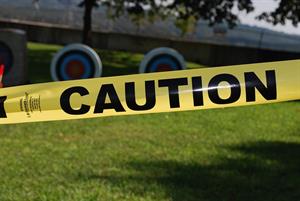
Water can be dangerous too
For instance, water should never come in contact with electrical fire. When water comes into contact with the electrical fire, it will cause electric shock and may even lead to death.
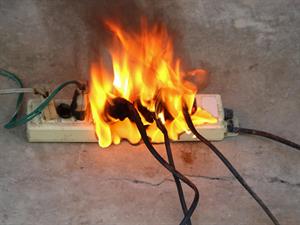
Water shouldn't be sprayed on an electrical fire
Water should never be poured or sprayed onto oil fire either.
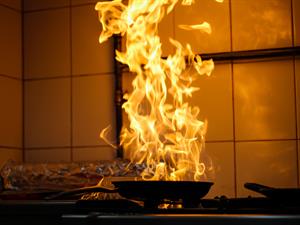
Oil fire and oil do not go well with each
Why is that so?
It is so because water and oil will never blend. When you pour water into a bowl of oil, the oil will keep floating above the water.
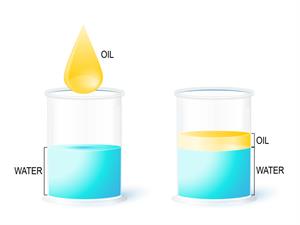
Oil never blends but would remain on the surface of the water
Hence, if the fuel causing the fire is oil, and if you spray water into it, the oil carrying the fire will keep floating instead of getting extinguished.
Therefore, it is highly imperative that you use a carbon dioxide extinguisher while putting out such fires.
Therefore, it is highly imperative that you use a carbon dioxide extinguisher while putting out such fires.
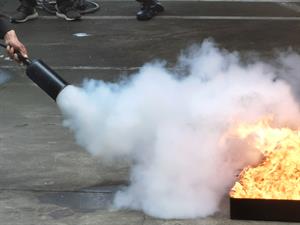
Carbon dioxide extinguisher
Meanings of difficult words:
No. | Words | Meanings |
1 | Appliances | Devices |
Reference:
National Council of Educational Research and Training (2007). Honeycomb. Fire: Friend and Foe (pp. 114-118). Published at the Publication Division by the Secretary, National Council of Educational Research and Training, Sri Aurobindo Marg, New Delhi.